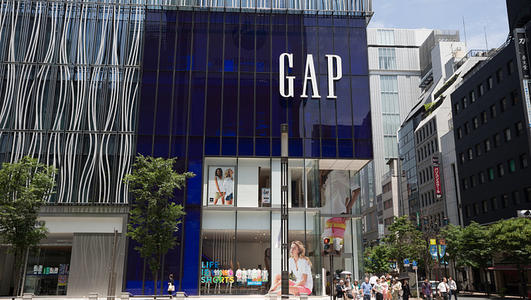USA: Curtailed by COVID-19, November clothing and footwear spending fell 4.9%
Jan 04, 2021 | by Zhao xh

Consumer spending on clothing and footwear fell a seasonally adjusted 4.9% in November to USD 414.27 billion from USD 435.36 billion in October, the Bureau of Economic Analysis (BEA) reported in its Personal Income & Outlays report.
“The November estimate for personal income and outlays was impacted by the response to the spread of COVID-19,” BEA said. “Federal economic recovery payments slowed as pandemic-related assistance programs continued to wind down.”
This followed an earlier report from the National Retail Federation (NRF) and the Census Bureau that showed November retail sales dipped for the month as “consumers held back on spending…as virus rates spiked, states imposed retail restrictions and congressional stimulus discussions were gridlocked,” NRF president and CEO Matthew Shay said.
Clothing and clothing accessory stores were down 6.8% month-on-month seasonally adjusted and down 19.2% unadjusted year-on-year, NRF reported. BEA’s report showed personal consumption expenditures (PCE) for all products decreased 0.4%, or USD 63.3 billion, for the month. Real PCE, adjusted for inflation, also declined 0.4%. The PCE price index was unchanged.
Personal income decreased 1.1%, or USD 221.8 billion, BEA reported, while disposable personal income (DPI), a key barometer for retail sales, fell 1.2%, or USD 218 billion. Real DPI decreased 1.3% in November.
BEA noted that the decrease in personal income in the month primarily reflected declines in proprietors’ income and government social benefits that were partly offset by an increase in compensation.
Within nonfarm proprietors’ income, the decrease reflected a decline in Paycheck Protection Program (PPP) loans to businesses. The decrease in farm proprietors’ income reflected a decrease in payments under the Coronavirus Food Assistance Program related to supporting farmers and ranchers impacted by COVID-19 as well as a decline in PPP loans to businesses.
Within government social benefits, “other” social benefits decreased, which primarily reflected a decrease in Lost Wages Supplemental Payments, a Federal Emergency Management Agency program that provides wage assistance to individuals impacted by the pandemic. Within compensation, the main contributor was an increase in wages and salaries in service
producing industries.
The USD 58.5 billion decrease in real PCE in November reflected decreases of USD 53.7 billion in spending for goods and USD 12.1 billion in spending for services. Within goods, the leading contributors to the decrease were spending for clothing and footwear, as well as motor vehicles and parts, according to BEA.
A notable offset was an increase in spending for food and beverages purchased for off-premises consumption. Within services, the decrease primarily reflected decreases in spending for food services and accommodations as well as in household utilities (electricity and gas).
Personal outlays decreased USD 66.8 billion in November. Personal saving was USD 2.22 trillion for the month and the personal saving rate–personal saving as a percentage of disposable personal income–was 12.9%.
Source: sourcingjournal.com








